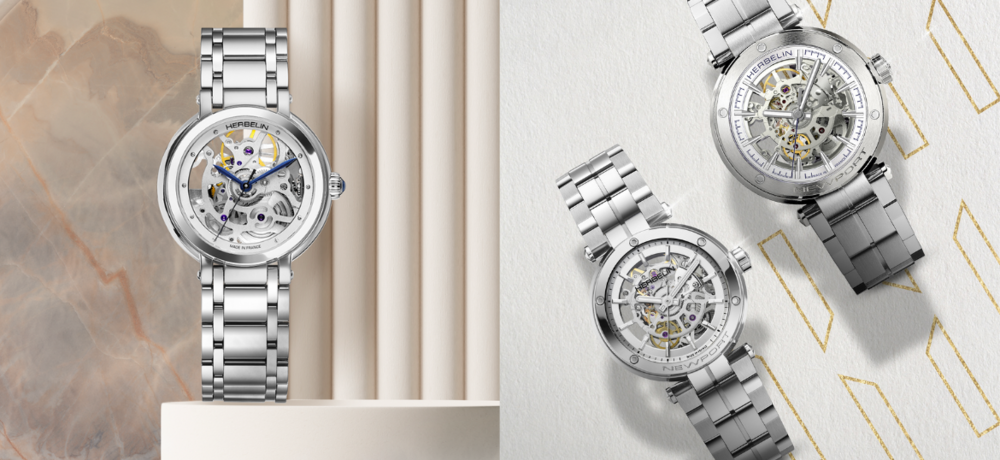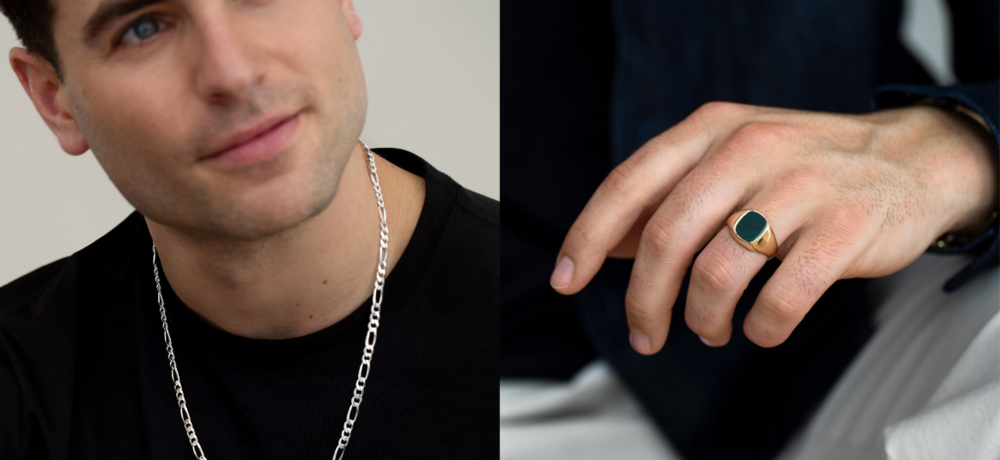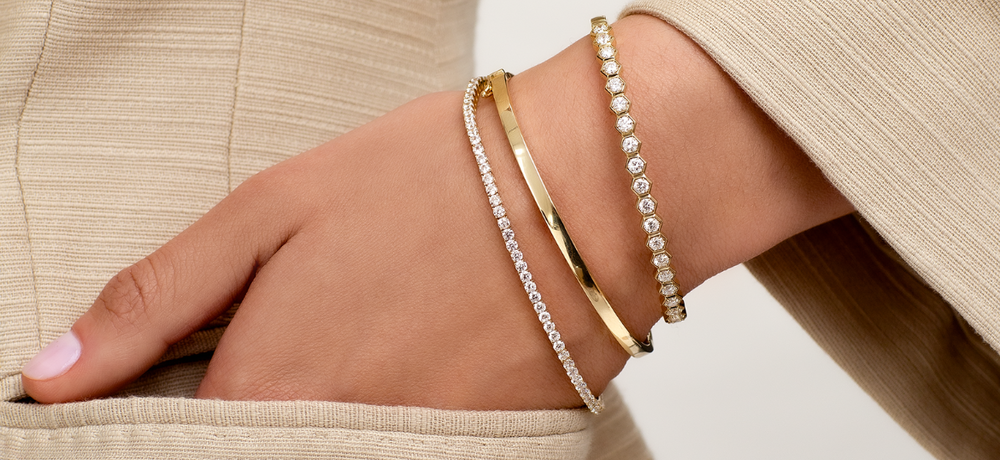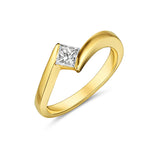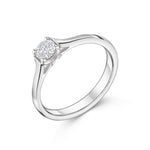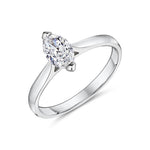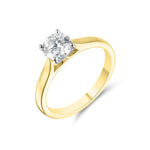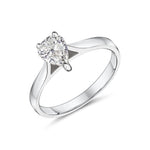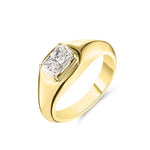.
Sparkling and beautiful, diamonds are one of the most coveted gems in the world. When it comes to designing a piece of diamond jewelry, the setting is just as important as the diamond itself. The right setting can enhance the beauty and brilliance of a diamond, while also providing protection and security.
Here are some of the most popular diamond setting techniques:
1. Claw Setting
One of the most common and classic diamond settings is the claw setting. This type of setting uses small metal claws prongs or claws to hold the diamond in place, allowing it to be prominently displayed and maximizing its brilliance and sparkle. Four and six-claw settings are the most common, and they can be used for a variety of diamond shapes and sizes.
2. Pavé Setting
The pavé setting features small diamonds set closely together to create a sparkling, diamond-covered band. This technique is often used to create diamond-studded wedding bands, eternity rings, and other pieces of diamond jewelry. The diamonds are held in place with small beads or prongs, and the result is a stunning, glittering effect.
3. Channel Setting
In a channel setting, diamonds are set into a channel in the metal band, creating a sleek and modern look. The diamonds are held in place by metal walls on either side of the channel, and this technique is often used for wedding bands, bracelets, and other pieces of jewelry where a continuous row of diamonds is desired.
4. Rubover Setting
The rubover setting encases the diamond in a metal rim, holding it securely in place and providing protection from chips and scratches. This type of setting is often used for more active people who want a secure and practical setting for their diamond. It can also create a contemporary and sleek look.
5. Tension Setting
The tension setting uses pressure to hold the diamond in place between two metal ends. The diamond appears to be suspended in mid-air, creating a dramatic and striking effect. This setting requires extreme precision and should only be done by skilled jewelers.
6. Cluster Setting
A cluster setting groups several smaller diamonds together to create the appearance of a larger diamond. This technique is often used for vintage-inspired designs, and it can be an affordable option for those who want a big, bold look without the high price tag.
Each diamond setting technique has its own advantages and disadvantages, and the right choice depends on personal style, budget, and the type of jewellry being designed. Whether you prefer a classic claw setting or a modern tension setting, our skilled jewellers can help you find the perfect setting for your diamond.


